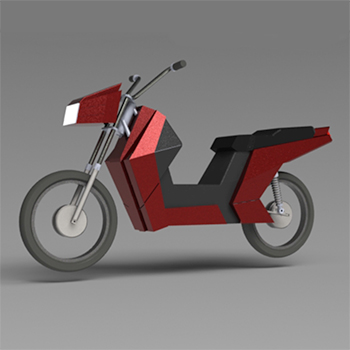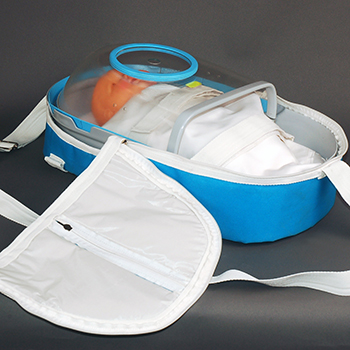EVfutures is India's largest electric vehicle portal with extensive information about electric bikes, electric scooters, and electric cars. An electric vehicle (EV) is a vehicle with one or more electric motors for propulsion. An electric vehicle consists of batteries which are used as the source of energy. They could be lead-acid, lithium ion based batteries, The controller is a logic control to control the DC motor by user input, i.e., accelerator, and transfer the required energy from the battery to the motor and electric motor, a DC motor to propel the vehicle, attached at the wheel or through a drive train. The redesign of the HumVee retained most of the components of the current HumVee. The frame suited its purpose and so was retained The position of the footrests was found to be comfortable from testing and so retained Rear shocks were customizable but there was a need to cover the positioning slots Other components were easily available as bike parts and hence retained. The styling was restricted to mostly the frame and headlights.





